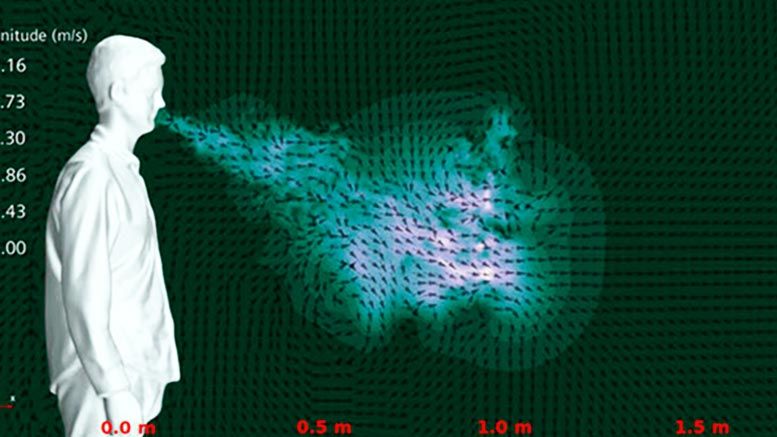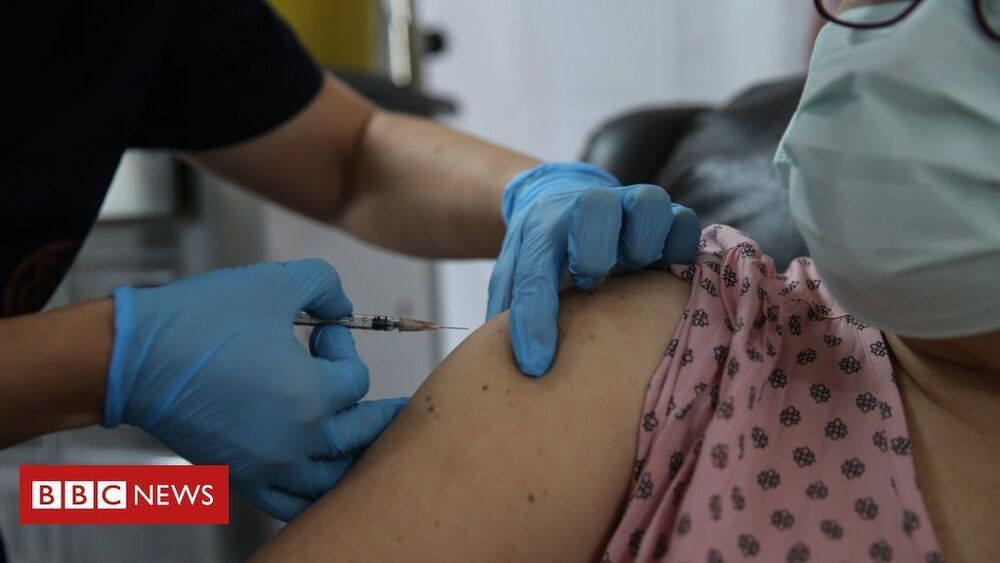In 10 years, tiny nanobots in your blood might help keep you from getting sick or even transmit your thoughts to a wireless cloud.



Multilayer plastic materials are ubiquitous in food and medical supply packaging, particularly since layering polymers can give those films specific properties, like heat resistance or oxygen and moisture control. But despite their utility, those ever-present plastics are impossible to recycle using conventional methods.
About 100 million tons of multilayer thermoplastics — each composed of as many as 12 layers of varying polymers — are produced globally every year. Forty percent of that total is waste from the manufacturing process itself, and because there has been no way to separate the polymers, almost all of that plastic ends up in landfills or incinerators.
Now, University of Wisconsin-Madison engineers have pioneered a method for reclaiming the polymers in these materials using solvents, a technique they’ve dubbed Solvent-Targeted Recovery and Precipitation (STRAP) processing. Their proof-of-concept is detailed today (November 20, 2020) in the journal Science Advances.


Scientists studying the aerodynamics of infectious disease share steps to curb transmission during indoor activities. Credit: Kelby Kramer and Gerald J. Wang VIRTUAL MEETING (CST), November 22, 2020 — Wear a mask. Stay six feet apart. Avoid large gatherings. As the world awaits a safe and effective vaccine, controlling the COVID-19…

Sneezes from people who have congested noses and a full set of teeth travel about 60% farther than from people who don’t, according to a new study.
New research from the University of Central Florida has identified physiological features that could make people super-spreaders of viruses such as COVID-19.
In a study appearing this month in the journal Physics of Fluids, researchers in UCF’s Department of Mechanical and Aerospace Engineering used computer-generated models to numerically simulate sneezes in different types of people and determine associations between people’s physiological features and how far their sneeze droplets travel and linger in the air.

When COVID-19 reared its ugly head, wreaking havoc on education for students all over the world, CSU’s human virtual reality program stepped up to meet the moment.
“We knew that teaching an entire human gross anatomy class remotely with only pictures would not be ideal for students,” said Tod Clapp, an associate professor in the Department of Biomedical Sciences and head of its human anatomy program.
Moving BMS 301, Human Gross Anatomy, to online-only instruction this summer meant that students would not only miss out on the chance to work with and learn from real human cadavers, they would also miss getting to experience the new 100-person virtual reality lab Clapp’s team built last fall.
Does the idea of miniature, insect-scale robots swarming toward their intended duties inside your body make your skin crawl?
Medical researchers led by Dr. Shen Yajing from City University of Hong Kong (CityU) don’t wish to alarm you but they’ve just devised a simple method of making millirobots which can be employed in various biomedical applications like targeted drug delivery and catheter navigation.

Scientists studying the aerodynamics of infectious disease share steps to curb transmission during indoor activities.
Wear a mask. Stay six feet apart. Avoid large gatherings. As the world awaits a safe and effective vaccine, controlling the COVID-19 pandemic hinges on widespread compliance with these public health guidelines. But as colder weather forces people to spend more time indoors, blocking disease transmission will become more challenging than ever.
At the 73rd Annual Meeting of the American Physical Society’s Division of Fluid Dynamics, researchers presented a range of studies investigating the aerodynamics of infectious disease. Their results suggest strategies for lowering risk based on a rigorous understanding of how infectious particles mix with air in confined spaces.

The replacement of lost neurons is a holy grail for neuroscience. A new promising approach is the conversion of glial cells into new neurons. Improving the efficiency of this conversion or reprogramming after brain injury is an important step towards developing reliable regenerative medicine therapies. Researchers at Helmholtz Zentrum München and Ludwig Maximilians University Munich (LMU) have identified a hurdle towards an efficient conversion: the cell metabolism. By expressing neuron-enriched mitochondrial proteins at an early stage of the direct reprogramming process, the researchers achieved a four times higher conversion rate and simultaneously increased the speed of reprogramming.
Neurons (nerve cells) have very important functions in the brain such as information processing. Many brain diseases, injuries and neurodegenerative processes, are characterized by the loss of neurons that are not replaced. Approaches in regenerative medicine therefore aim to reconstitute the neurons by transplantation, stem cell differentiation or direct conversion of endogenous non-neuronal cell types into functional neurons.
Researchers at Helmholtz Zentrum München and LMU are pioneering the field of direct conversion of glial cells into neurons which they have originally discovered. Glia are the most abundant cell type in the brain and can proliferate upon injury. Currently, researchers are able to convert glia cells into neurons — but during the process many cells die. This means that only few glial cells convert into functional nerve cells, making the process inefficient.